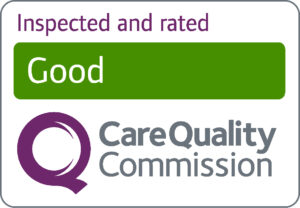– Sleep Deprivation
Sleep deprivation involves sleeping less than usual. The tiredness may result in brain waves on the EEG which are not usually seen whilst awake. The risks associated with this are:
Tiredness and poor concentration, it is not safe/advisable to drive or to operate machinery.
Sleep deprivation may trigger your symptoms, if you have been referred because of seizures there is a slightly increased risk of you having a seizure when you are sleep deprived. There are no definite figures available because of different methods in use but the risk is small and is similar to the risks quoted below for hyperventilation and photic stimulation
– Hyperventilation/Deep breathing
This involves you taking deep breaths in and forcing them out, as if blowing a candle out, you will be asked to continue with repeated deep breaths for 3-5 minutes. The deep breathing causes changes in the blood flow which may change your brain waves and give extra information to help your diagnosis.
It may cause you to feel dizzy/light-headed, or get a feeling of pins and needles/ tingling of the lips or fingers, these are normal side effects and will wear off after a few minutes. We will ask you about your general health beforehand in particular any heart problems or asthma.
There is a risk that Hyperventilation may trigger your symptoms, if you have been referred because of seizures, there is a risk of less than 3 in 100 that hyperventilation may induce a clinical event/seizure.
– Photic Stimulation
A bright light will be placed close in front of you and you will be asked to watch it flash on and off at different speeds, you will be asked to eyes open and close your eyes for a few seconds at a time.
It may cause you to feel dizzy/light-headed, your eyes may water or you may experience slight headache
There is a risk that photic stimulation may trigger your symptoms, if you have been referred because of seizures, there is a risk of less than 1 in 1000 that photic stimulation may cause a seizure.


